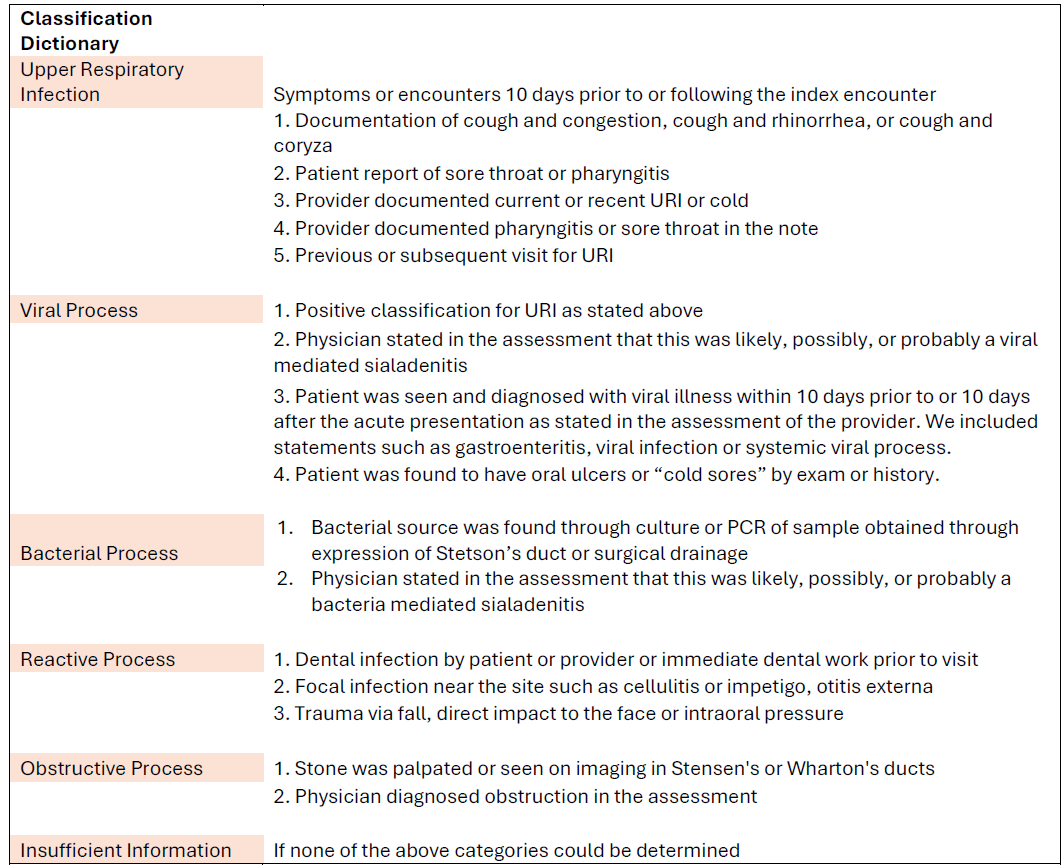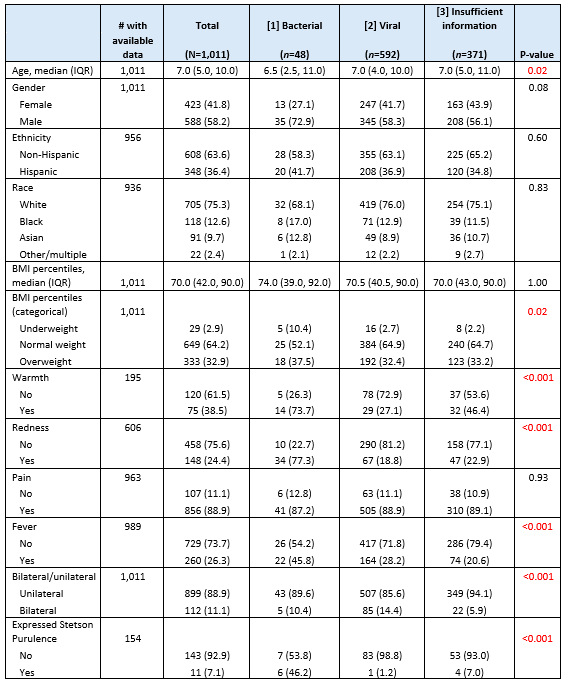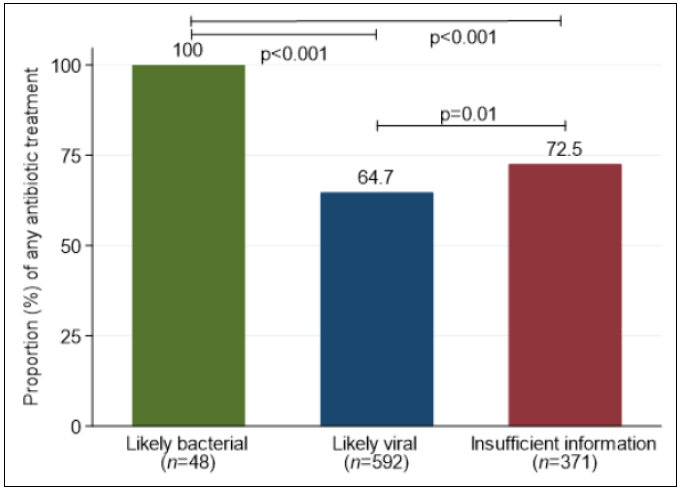General Pediatrics 4
Session: General Pediatrics 4
236 - Pediatric Sialadenitis: Clinical Characteristics, Etiology, and Antibiotic Management
Sunday, April 27, 2025
8:30am - 10:45am HST
Publication Number: 236.6370
Grace Truong, Baylor College of Medicine, Houston, TX, United States; Kenneth Nobleza, Baylor College of Medicine, Houston, TX, United States; Duc T. Nguyen, Baylor College of Medicine, Houston, TX, United States; Ankhi Dutta, Baylor College of Medicine, Houston, TX, United States; Krista Preisberga, Texas Children's Hospital, Houston, TX, United States

Grace Truong, MD (she/her/hers)
Pediatric Hospital Medicine Fellow
Baylor College of Medicine/Texas Children's Hospital
Houston, Texas, United States
Presenting Author(s)
Background: Pediatric sialadenitis is acute, chronic, or recurrent salivary gland inflammation. It is poorly described in the literature, with limited data on its presentation and management in children.
Objective: To describe clinical characteristics of pediatric patients with sialadenitis, the most likely etiology, and antibiotic prescription practices.
Design/Methods: We performed a retrospective chart review of patients aged 0-18 years at the inpatient and outpatient primary care and subspecialty clinics of a quaternary care children’s hospital from 01/2015 to 05/2020. We included patient encounters with ICD-10 diagnosis of acute sialadenitis (K11.20 and K11.21), excluding those with recurrent or chronic sialadenitis. Using a classification dictionary (Table 1), sialadenitis etiologies were assigned as “viral”, “bacterial”, or “insufficient information”. Those fitting into “reactive” etiology were grouped with “viral”, while those with “obstructive” etiology were grouped with “insufficient information” for our analysis. Furthermore, we described demographic characteristics, clinical presentation, and antibiotic use for each encounter. Differences between the groups were determined by the chi-square or Fisher’s exact tests for categorical variables and Wilcoxon rank-sum test for continuous variables. A p-value of < 0.05 was considered statistically significant.
Results: A total of 1,011 patient encounters met inclusion criteria. During acute onset presentations, 592 (58.6%) were associated with viral processes, 48 (4.7%) were bacterial, and 371 (36.7%) had insufficient information. There were no differences in demographic factors between groups except for age and categorical BMI (Table 2). More bacterial infections were associated with fever, warmth, redness, and expressed purulence (p < 0.001 for each). Although more viral cases presented with bilateral swelling and pain compared to bacterial and insufficient information categories, 507 (85.6%) of viral cases presented with unilateral symptoms. The majority of patients received antibiotics, regardless of etiology (Figure 1).
Conclusion(s): Although more than half of pediatric sialadenitis cases are likely secondary to a systemic or respiratory viral infection, the vast majority were treated with antibiotics. Additionally, unilateral presentation is not necessarily indicative of a bacterial infection. Our findings highlight opportunities for future antibiotic stewardship during the initial stages of pediatric sialadenitis presentation.
Table 1: Classification Dictionary of Sialadenitis Etiology
 Table 1: Classification Dictionary of Sialadenitis Etiology
Table 1: Classification Dictionary of Sialadenitis EtiologyTable 2: Demographic and Presentation Characteristics Separated by Etiology for Patients Aged 0-18 Years Presenting with Sialadenitis
 Table 2: Demographic and Presentation Characteristics Separated by Etiology for Patients Aged 0-18 Years Presenting with Sialadenitis
Table 2: Demographic and Presentation Characteristics Separated by Etiology for Patients Aged 0-18 Years Presenting with SialadenitisFigure 1: Proportion of Patients Treated with Any Antibiotics Separated by Etiology Classification
 Figure 1: Proportion of Patients Treated with Any Antibiotics Separated by Etiology Classification
Figure 1: Proportion of Patients Treated with Any Antibiotics Separated by Etiology Classification
